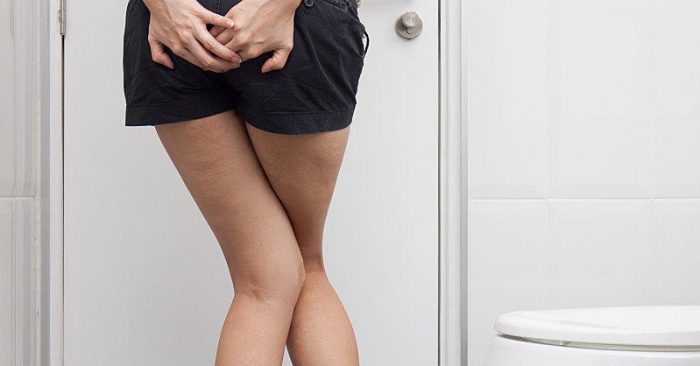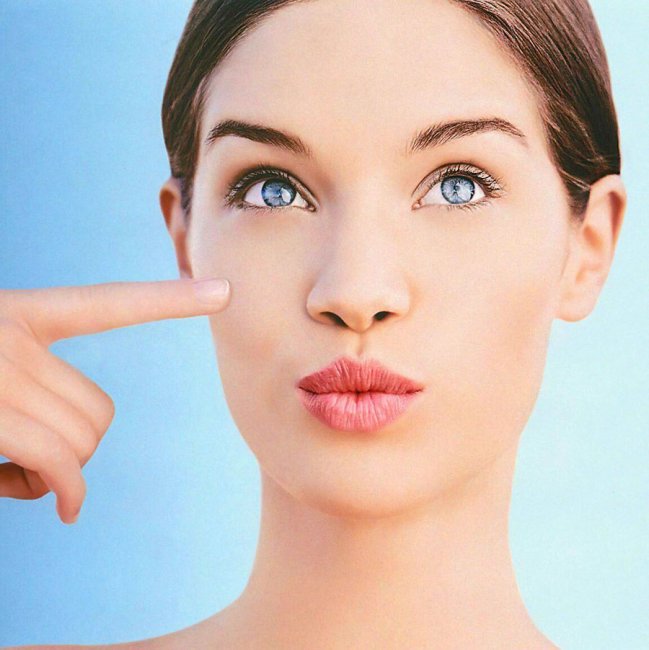Many things from a heat rash to allergies and sexually transmitted infections can cause butt rashes.
Some rashes may respond well to home remedies while others may need medical attention.
Causes of butt rashes in adults
- Heat rash: This itchy, red rash often appears as blisters or red bumps during hot weather.
- Ringworm: More commonly known as jock itch, ringworm is a fungal infection that causes a red, ring-shaped rash in the groin and butt area. The rash is often very itchy.
- Contact dermatitis: This itchy rash is inflammation of the skin caused by direct contact with an irritant.
- Atopic dermatitis: Also known as eczema, this causes dry skin that tends to be itchier at night.
- Psoriasis: This is a condition that causes skin cells to build up and form itchy dry patches or scales. Scientists think psoriasis is the result of an immune system problem.
- Intertrigo: This is an inflammatory condition most commonly found in skin folds. It tends to be accompanied by or worsened by an infection.
- Acne: Acne that forms on the buttocks is often different from the acne found on the rest of the body. An infection in the hair follicles from shaving or general friction (folliculitis) causes acne on the butt.
- Shingles: This viral infection is related to chickenpox and causes a severe itchy rash on one side of the body. Shingles normally affects older adults that have had chickenpox.
- Genital herpes: This common sexually transmitted virus causes rash-like symptoms around the genitals and anus.
- Candida: Candida is a fungus that lives on skin and causes yeast infections. Yeast infections may cause intense itching and a spreading rash.
- Incontinence: Rashes thrive and develop in warm moist areas. Often, adults who deal with incontinence wind up with incontinence-related irritation and raw skin.
Symptoms
- red, irritated skin on the butt cheeks or around the anus
- acne-like lesions on the butt cheeks
- small, red bumps or dots on the skin
- itching that is not relieved by scratching
- sore, painful areas of skin around the buttocks
- painful or itchy skin around the anus
- scaly patches of skin on the butt cheeks
- crusty or leaky blisters, bumps, or pustules
Natural remedies and at-home treatments
Natural rash remedies include the following:
- Coconut oil: Applying coconut oil to areas of atopic dermatitis reduces symptoms and irritation, studies show.
- Oatmeal: Applying an oatmeal paste or soaking in an oatmeal bath may help dry up a rash and relieve the itching.
- Witch hazel: Witch hazel is effective in treating rashes on the buttocks and genital area, according to research published in the Journal of Cutaneous Medicine and Surgery.
- Honey: Rubbing honey on a rash may help clear it up. Honey has antimicrobial properties that may promote skin healing and tissue repair.
- Chamomile tea compresses: Using compresses soaked in chamomile tea on a rash may help ease the discomfort.
- Aloe vera: Aloe vera has antiseptic and anti-inflammatory agents that can help soothe damaged skin when rubbed on. It also provides a cooling sensation that may help ease the pain and sting of a painful butt rash.
- Tea tree oil: Tea tree oil has antiseptic and antimicrobial properties that make it a popular topical treatment for skin ailments.
Over-the-counter (OTC) products that may be helpful for rash treatment include:
- gentle, fragrance- and oil-free moisturizers
- oral antihistamines if the rash is caused by an allergic reaction
- topical hydrocortisone cream to relieve itching
- anti-inflammatory oral medications, such as ibuprofen, to relieve pain and swelling
- antifungal creams and sprays
When to see a doctor
Additionally, someone with a butt rash needs to consult a doctor if their butt rash meets any of the following criteria:
- spreads over a large area of the body
- it is accompanied by fever
- the rash starts or spreads suddenly and quickly
- there are blisters on the genital or anal areas
- the rash oozes yellow or green fluid
- there are red streaks coming from the rash
- pain accompanies the rash
Medical treatments
A doctor may suggest one of the following medical treatments:
- steroid creams to relieve swelling and itching
- oral steroids to reduce swelling and inflammation of severe rashes
- oral antibiotics for rashes caused by bacterial infections
- prescription-strength antibiotic creams for intertrigo and infections resulting from incontinence
- prescription-strength antifungal medications for yeast infections, jock itch, and other rashes caused by fungal infections
- retinoid creams for reducing inflammation and treating rashes from psoriasis
- antiviral medications to reduce the duration and severity of butt rashes from shingles or herpes
- drugs, such as immunomodulators and others that alter the immune system, may treat rashes due to allergens or severe psoriasis
- prescription vitamin D and methotrexate may be used for psoriasis
Prevention
People can prevent the risk of developing a butt rash by following these tips:
- practice good hygiene, including having regular showers and wiping well after using the bathroom
- change underwear regularly.
- use gentle, fragrance-free detergents and body washes
- avoid rewearing sweaty clothing
- avoid itchy fabrics, including wool and some synthetics
- shower and change clothing after exercising or sweating heavily
- wear loose clothing to prevent rashes from friction
- consider using antiperspirants to reduce moisture
- keep the buttocks and genital area clean and dry
Some butt rashes may be preventable; however, others may not.



